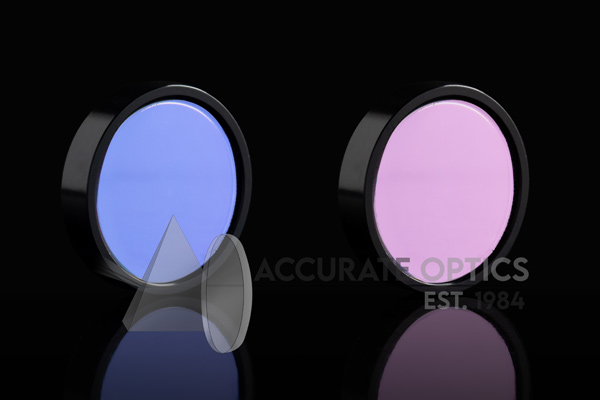How Does Anti-Reflective Coating Work?
If you wear glasses, you’ve likely heard about anti-reflective coating or experienced its benefits firsthand. The annoying glare and reflections on your lenses can be frustrating and hinder your vision. That’s where the magic of anti-reflective coating comes into play. In this blog, we’ll take a closer look at how this optical marvel works to enhance your visual experience, reduce glare, and provide clearer vision.
Understanding the Basics of Anti-Reflective Coating
Anti-reflective coating, often abbreviated as AR or AR coating, is a thin multilayer coating applied to the surface of optical lenses, such as eyeglasses and camera lenses. Its primary purpose is to minimize the reflections of light that occur when light waves encounter the lens surface.
1. The Science Behind Anti-Reflective Coating
When light travels through a lens, a portion of it is reflected back by the lens surface, creating glare and reducing the amount of light that passes through the lens. This reflection can be particularly bothersome in low-light conditions or when using electronic devices with screens.
Anti-reflective coating works by interfering with the reflections that occur at the lens surface. It consists of multiple layers with varying refractive indices, carefully designed to cancel out the reflections. By doing so, more light is transmitted through the lens, resulting in clearer vision and reduced glare.
2. The Coating Process
The process of applying anti-reflective coating to lenses involves several steps. Initially, the lenses are thoroughly cleaned and prepared to ensure a smooth and dust-free surface. Next, a series of thin metal oxide layers are deposited onto the lens surface using specialized vacuum coating technology.
Each layer’s thickness is precisely controlled to correspond with specific wavelengths of light. By adjusting the thickness of the layers, the coating can effectively cancel out reflections from both visible light and UV light.
3. Benefits of Anti-Reflective Coating
- Improved Vision: One of the primary benefits of anti-reflective coating is improved visual clarity. By reducing reflections, the coating ensures that more light reaches your eyes, enhancing contrast and color perception.
- Reduced Glare: Whether you’re driving at night, using a computer, or under bright lights, anti-reflective coating minimizes distracting glare, providing a more comfortable viewing experience.
- Enhanced Aesthetics: Anti-reflective coating also improves the appearance of your glasses. It virtually eliminates the reflections on the lens surface, making your eyes more visible and giving your glasses a sleek and polished look.
- UV Protection: Some anti-reflective coatings also offer additional benefits, such as UV protection, shielding your eyes from harmful UV radiation.
4. Caring for Anti-Reflective Coated Lenses
While anti-reflective coating provides numerous advantages, it is essential to take proper care of your coated lenses. Clean them regularly using a microfiber cloth and gentle lens cleaning solution to avoid scratching or damaging the coating.
Conclusion
Anti-reflective coating is a remarkable advancement in optical technology, revolutionizing the way we experience our visual world. By eliminating glare and enhancing clarity, this thin coating ensures that your eyeglasses or camera lenses work harmoniously with your eyes and your environment.
The next time you put on your glasses and enjoy a clearer, glare-free view, you’ll appreciate the wonders of anti-reflective coating, providing you with a new perspective on the world around you.








